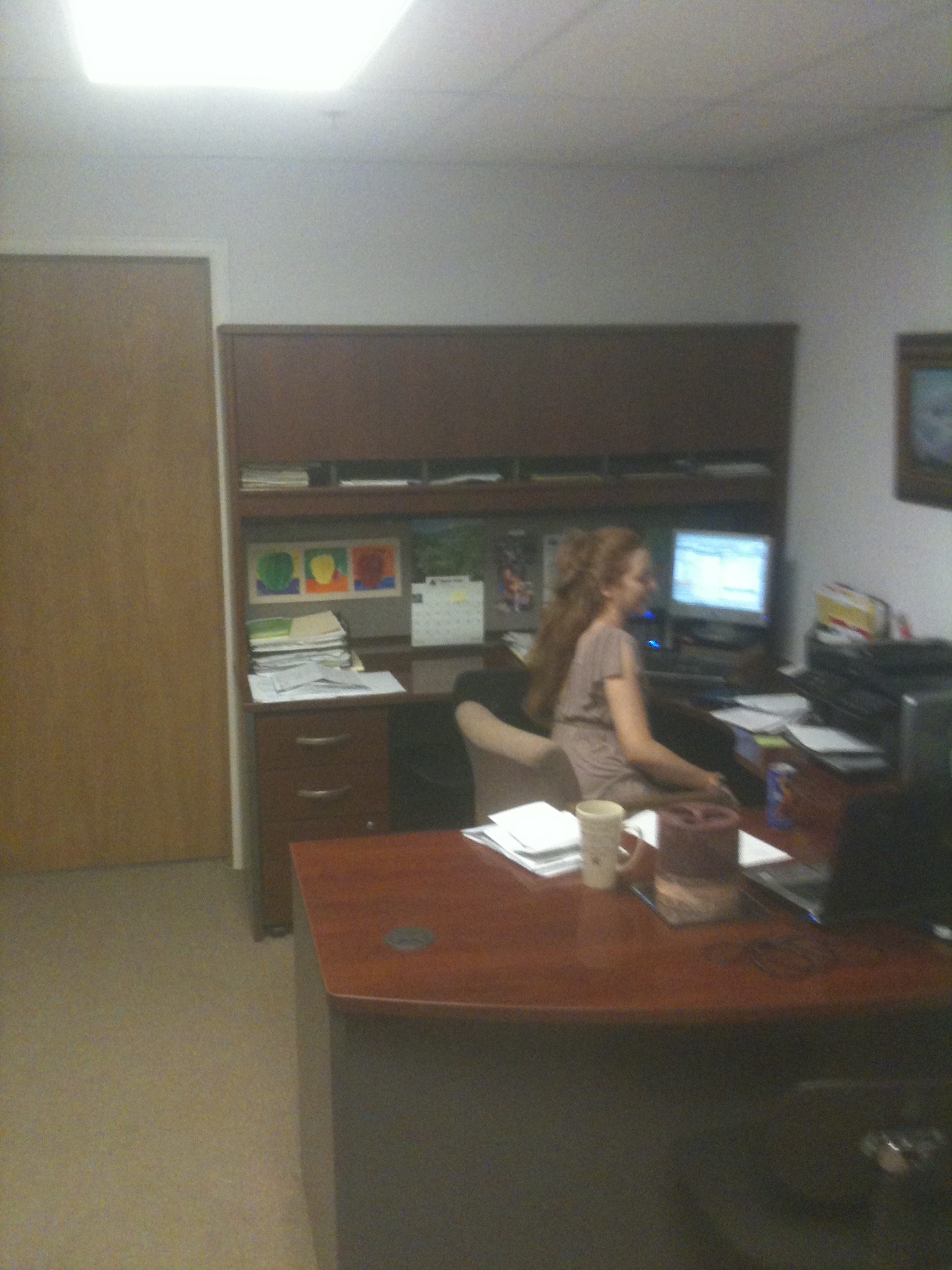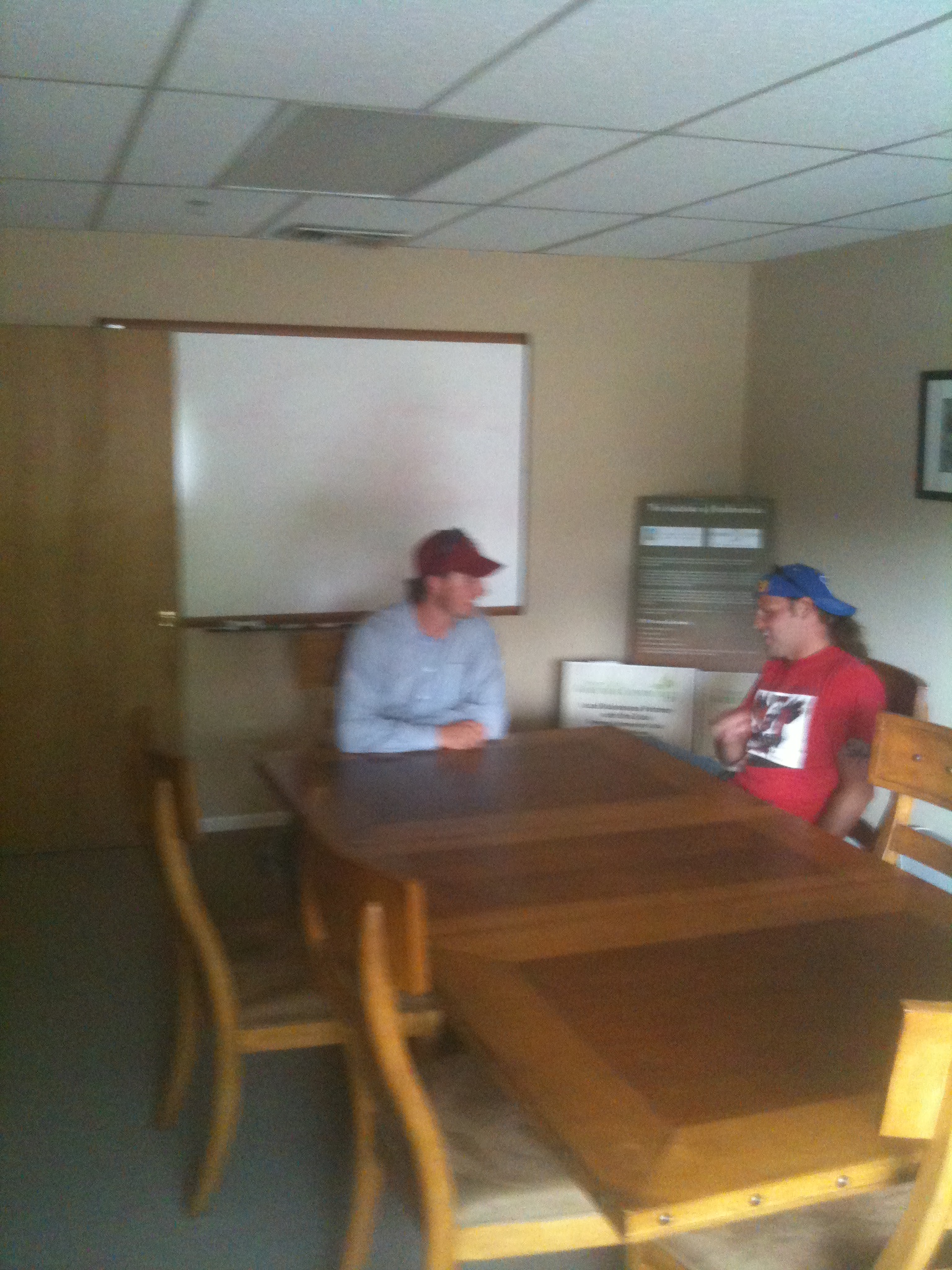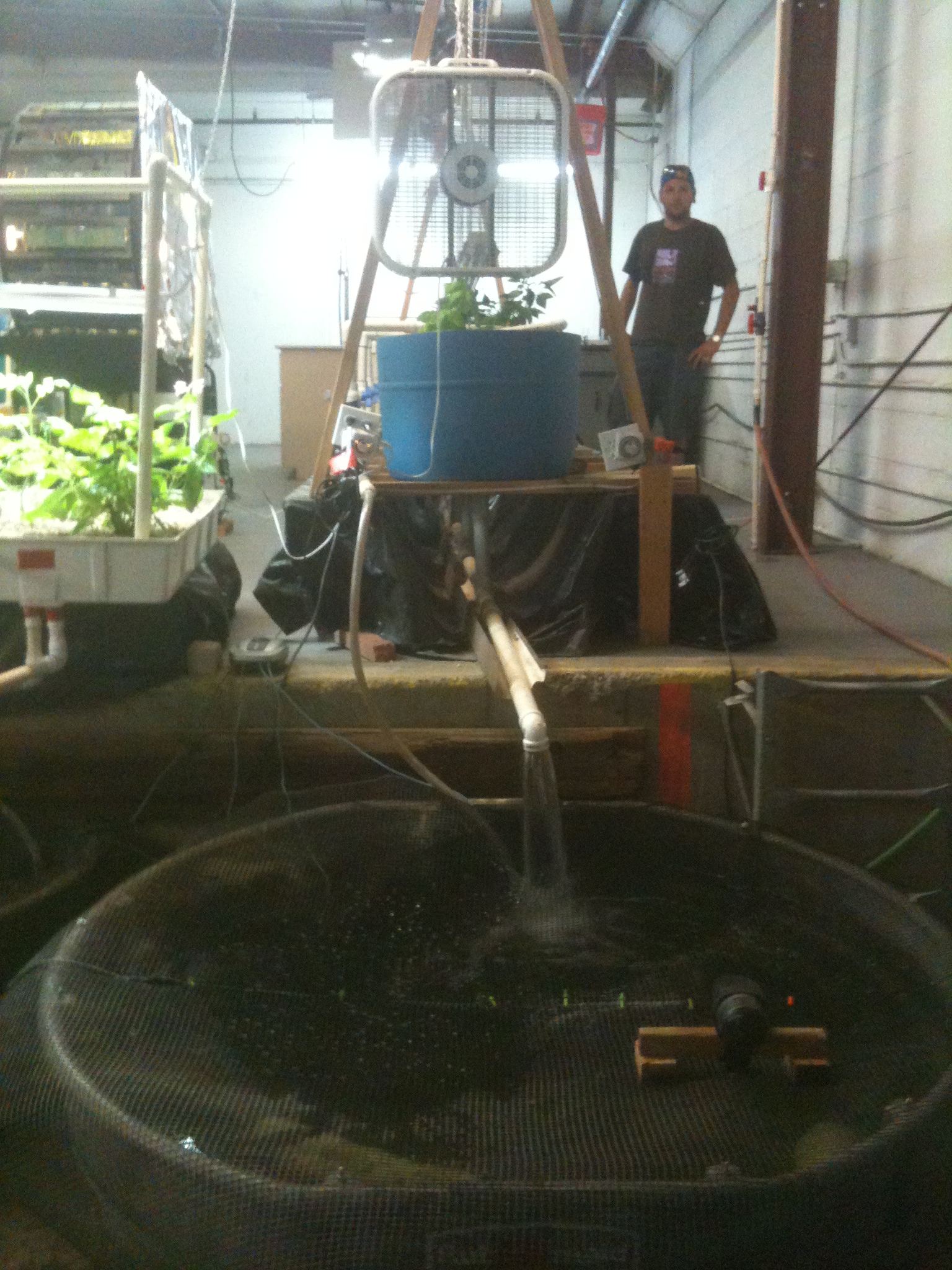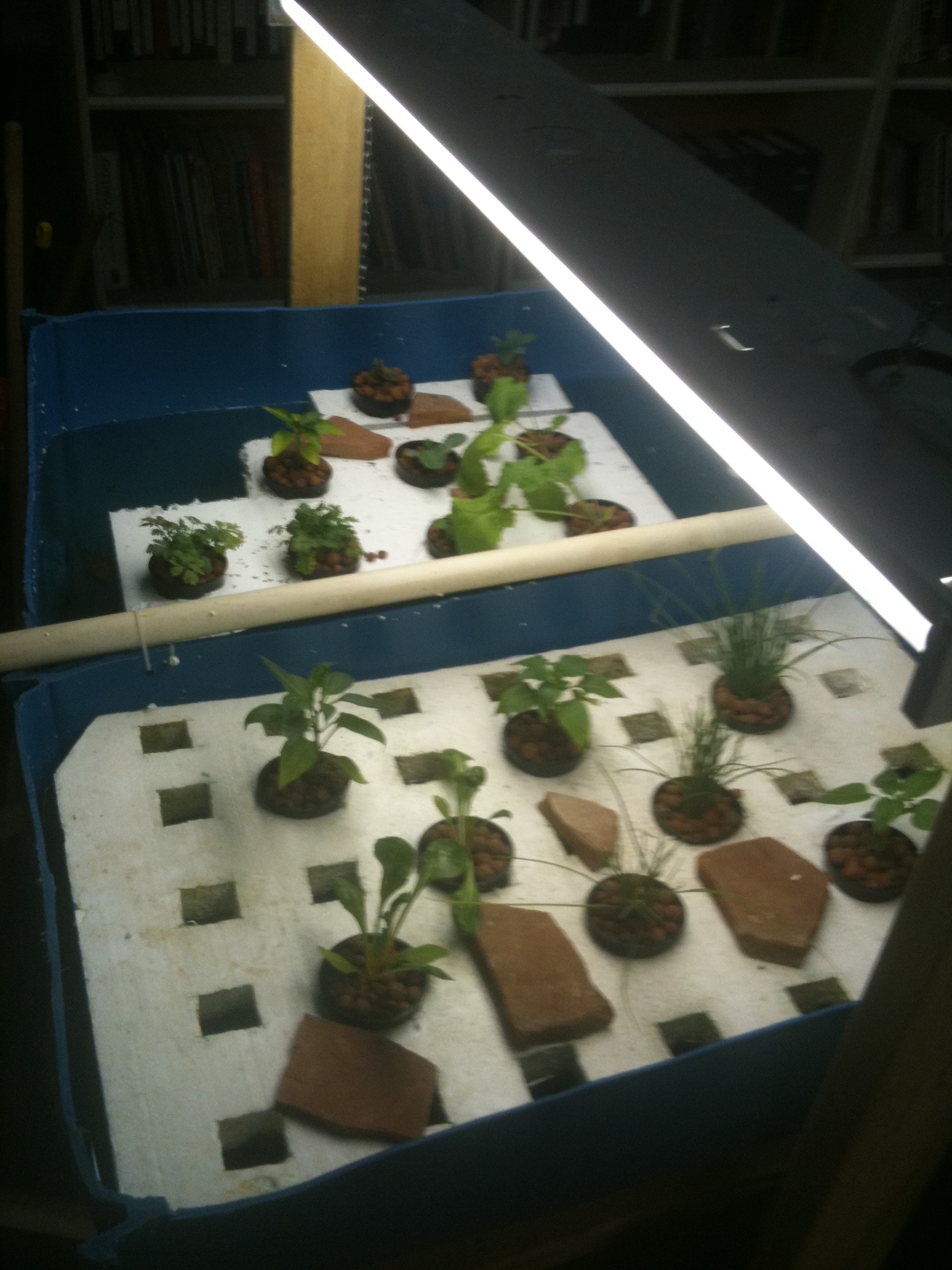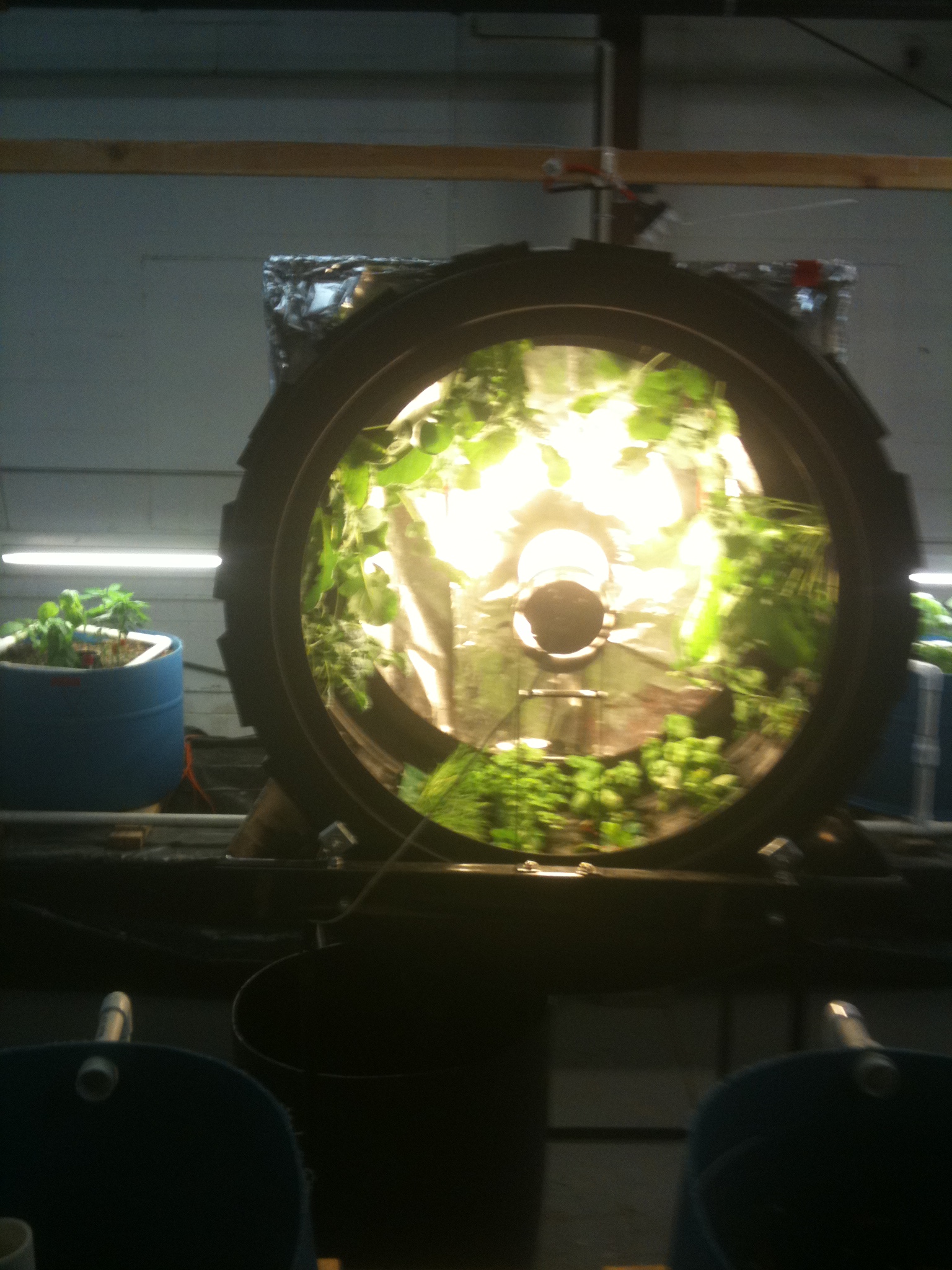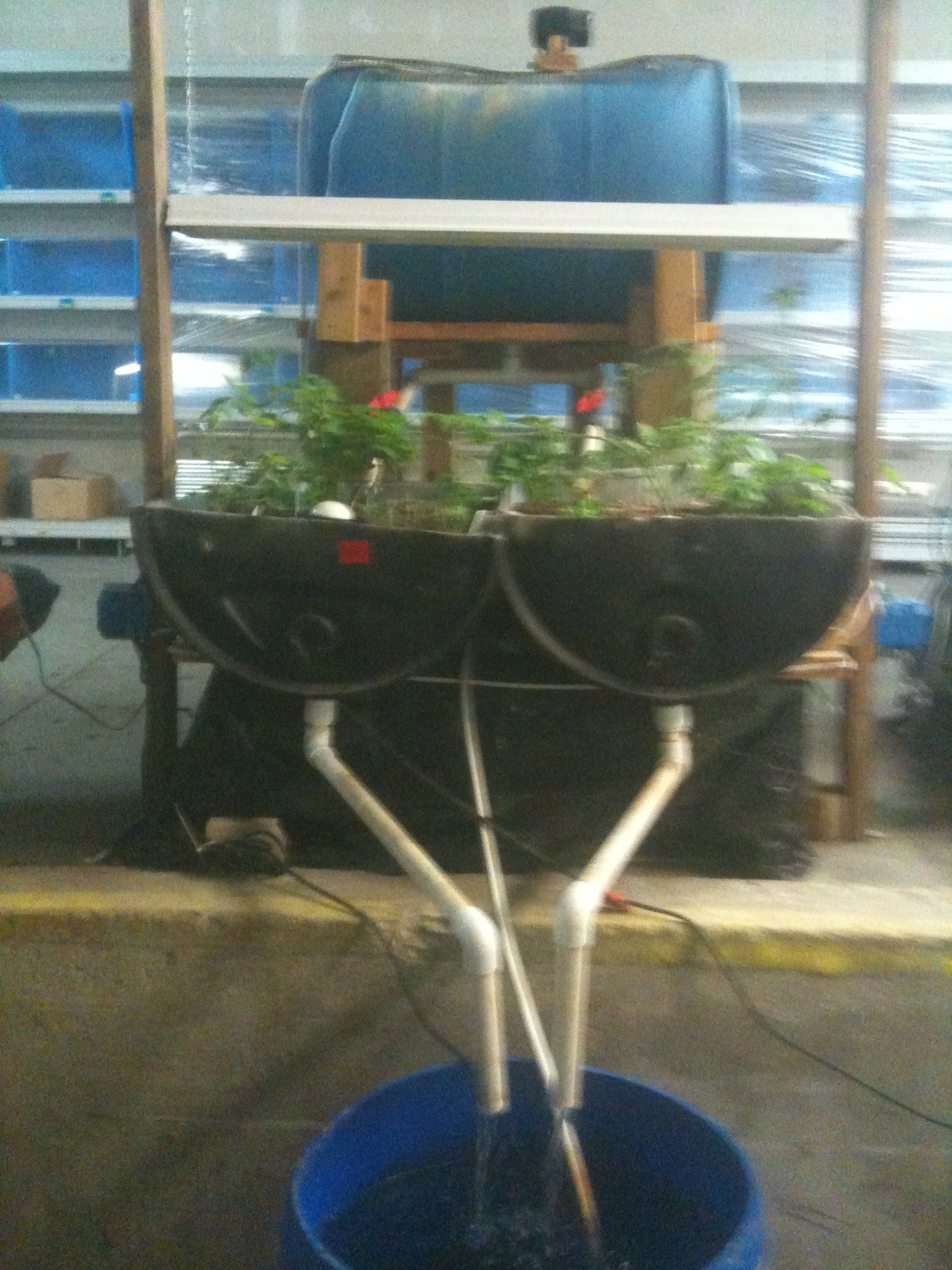What Do We Think About System Building Materials?
Good Morning all. We are having one of our somewhat more frequent wind storms right now here in Northern Colorado. They do not call what we have hurricanes like near the coasts, but when you have sustained winds over 60 miles per hour and gusts over 80 miles per hour I guess we will just call it scary!!
I wanted to talk briefly today about IOE’s philosphy about building materials and construction design for ecolonomic solutions. Again, our current focus is mainly on sustainable agriculture construction, so that is where our hands on experience is, but overall our philosphy remains the same for all areas of life and business.
We believe that recycling, reusing and refurbishing existing materials are always preferrable to buying or using new materials. We are actually passionate about this belief, and it is demonstrated in much of what we do. For example, we have just finished construction of the first phase of a medium scale commercial aquaponics system in one or our greenhouses (which we obtained because they had been abandoned by a previous user for over four years – Reuse!!), and here is a description of some of the major elements of that system that are reused (pictures below):
- 450 gallon biological (bacteriological) treatment tank previously used as a water reservoir for a hydroponic system.
- several thousand square feet of carpet used for insulation and protection of liner in our raft plant bed. The carpet was obtained free from several local carpet stores that would normally throw it in their dumpsters – landfill bound.
- Several hundred feet of dimensional lumber (2 bys) used for the bulkheads in the plant bed. This lumber was previously used on abandoned tables used for ornamental plant production (just a little labor to deconstruct).
- 55 gallon plastic barrel used as a sump for the system. We obtain barrels from a number of sources free that again would normally end up in landfills.
- Miscellaneous piping and valves from previously used systems.
- 4000 sf greenhouse with a refurbished natural gas space heater.
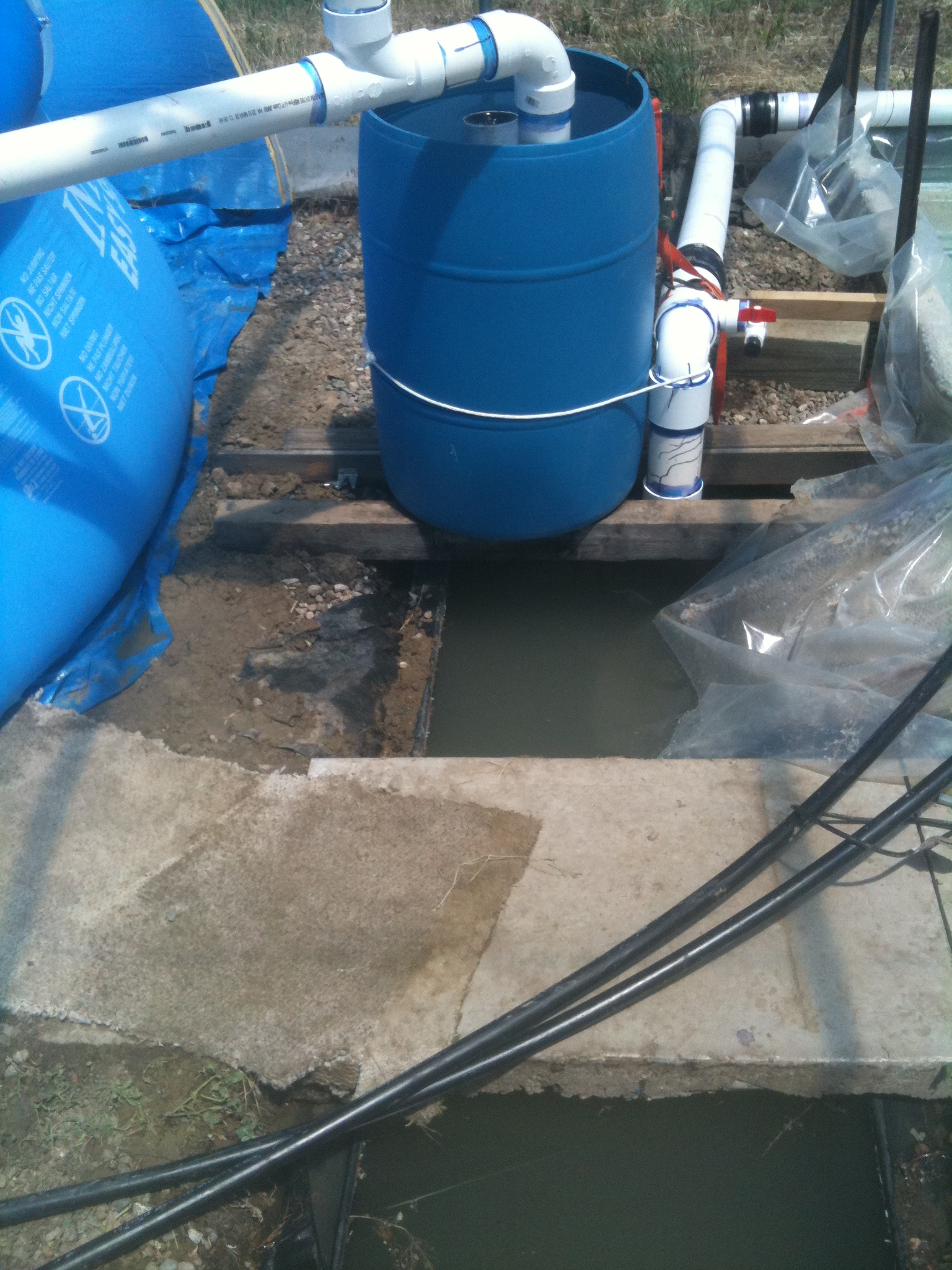
Carpeting, reused 55 gal. barrel, rused sump tank for a commercial raft aquaponics system in our Northern Clororado Greenhouses
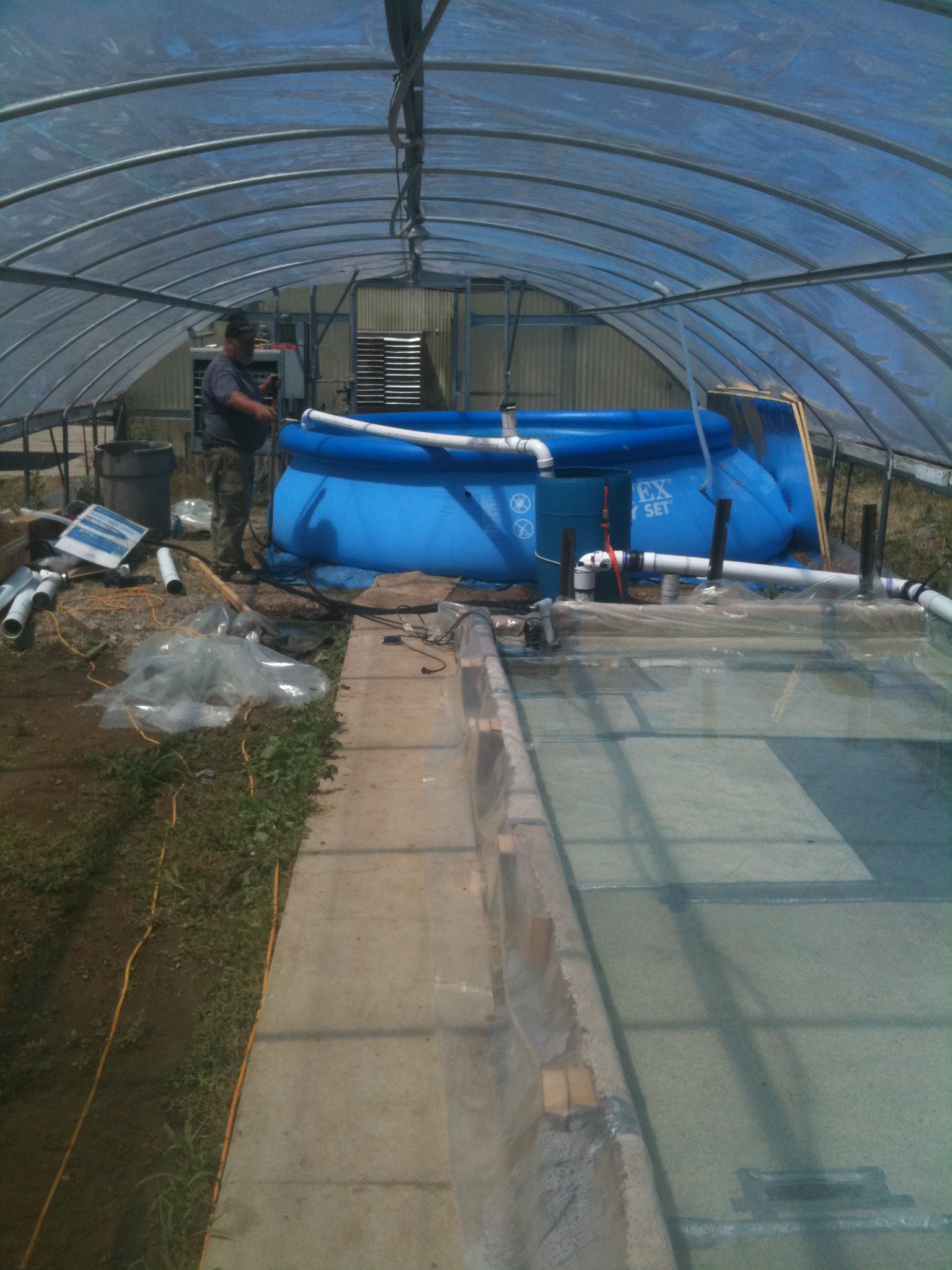
Reused carpet, lumber and tanks for a commercial aquaponics system in our Northern Colorado Greenhouses. Also ~4000 gallon swiming pool used as our fish tank.
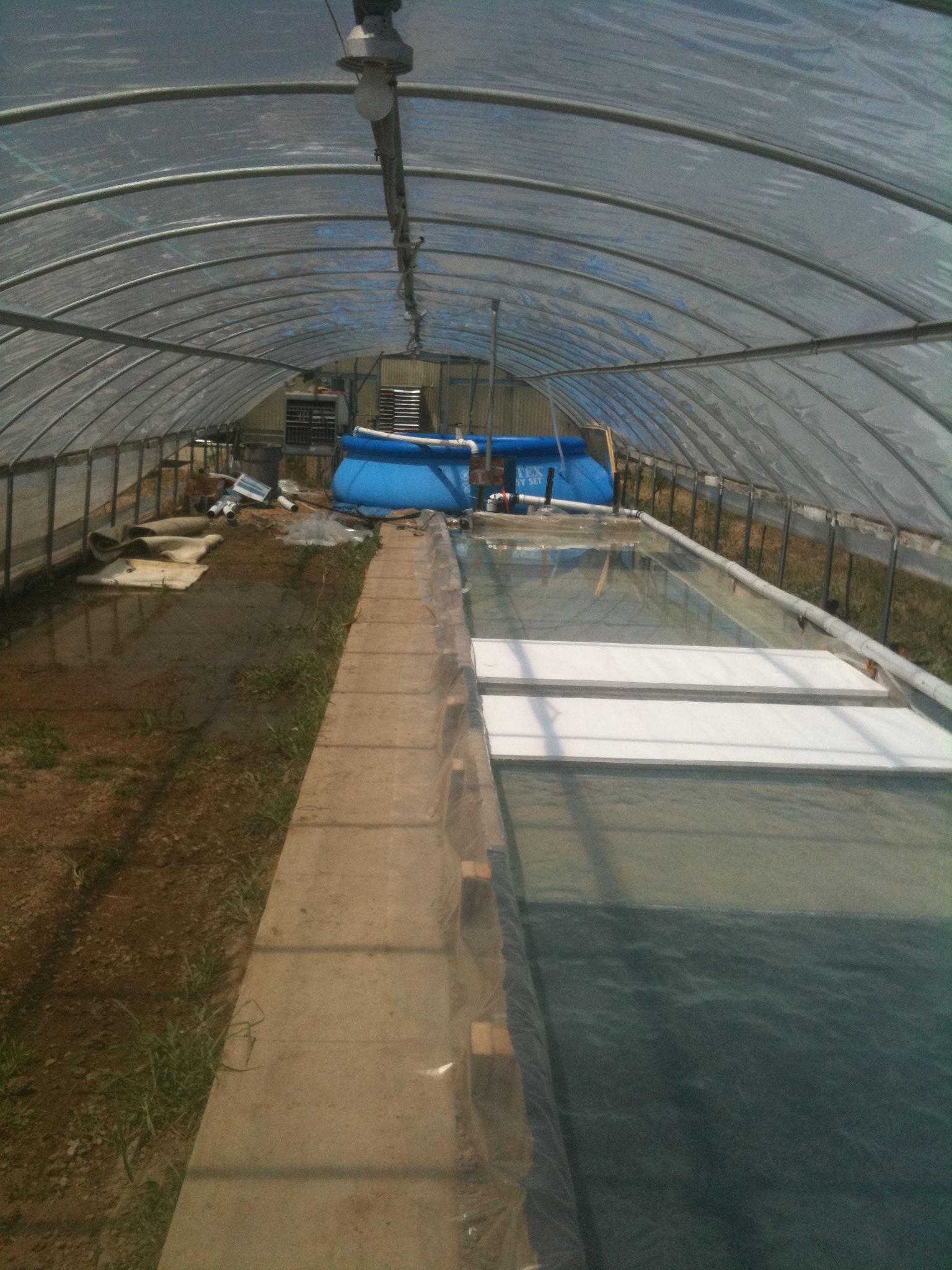
Another view of our ~80'x8' raft plant bed in our new aquaponic system in our Northern Colorado greenhouses.
The second dominant philosophy that we have about ecolonomic construction is that we do not always accept what historically might be reported as “fact” regarding the use of some types of materials for construction. Instead, we will do our own research on building material types that includes:
- thoughtful research of available information by our professional scientists and construction managers;
- “proof of concept” testing at first a laboratory level, then a pilot scale level;
- and, finally actual utilization in a full-scale production system.
An example, in this system shown here, is the use of 6 mil poly (the same material used as our greenhouse covering) for our plant bed liner rather than much more expensive materials such as EPDM and PVC. Also, we have used for this system a $200 Walmart purchased portable swiming pool rather than a multi-thousand dollar fiberglass, plastic, metal or more traditional tank construction material.
I know, some of you reading this are going to say – “these guys are nuts. This system will never last. Workers will destroy it, and so on and so on.” Well, you may be right, but we do not think so. As we said earlier, we have already tested everything we are using for construction materials on this full-scale system previously in first a laboratory level, then a pilot scale level and for some materials we have ample examples of previous full scale applications. We beleive we are using a proven R&D model and strategy to design systens that are both carbon friendly and economic – wow – Eolonomics.
We will be reporting in future posts about the specific costs of this commercial system as well as the results of its operational efficiency and efficacy. We will report on the good and the bad as we see it. Again, please give us your thoughts and comments.

